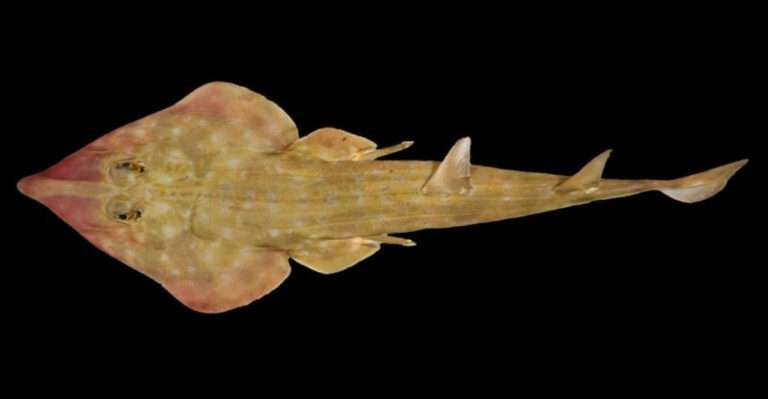The Wisdom In Blue Jays: 14 Backyard Signs Our Grandparents Recognized

Before weather apps and digital forecasts, our grandparents relied on nature’s signals to predict what was coming.
Blue jays, those noisy backyard visitors, weren’t just pretty birds – they were living barometers and messengers.
Our elders knew that paying attention to these bright blue neighbors could reveal surprising insights about the natural world around us.
1. Morning Chorus Predictions
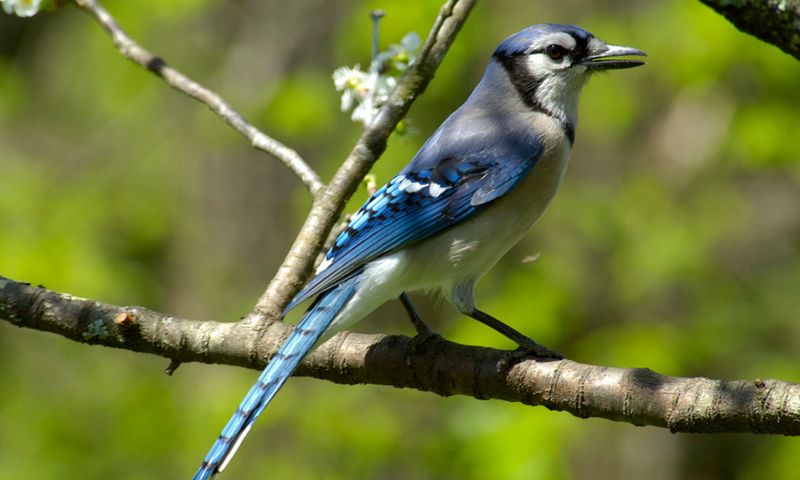
When blue jays start their loud morning calls earlier than usual, grab an umbrella! Their sensitive internal barometers detect subtle pressure changes long before humans notice darkening skies.
This natural warning system helped plan laundry days and garden work.
2. Acorn Abundance Forecasts
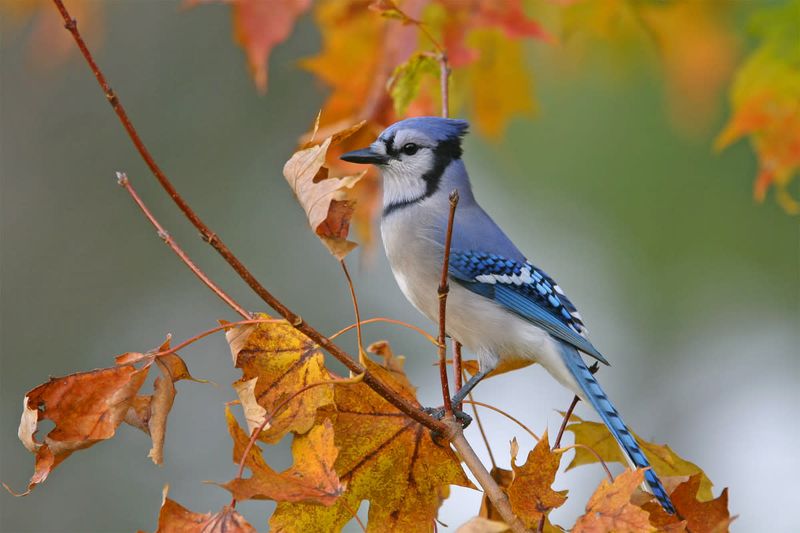
Spotted jays frantically collecting and burying more acorns than usual? That was a sure sign a harsh winter was on the way.
These birds instinctively sense seasonal patterns, increasing their food caching when tough weather looms.
Their hurried gathering was nature’s early warning system for families to stock up on firewood.
3. Flight Path Warnings
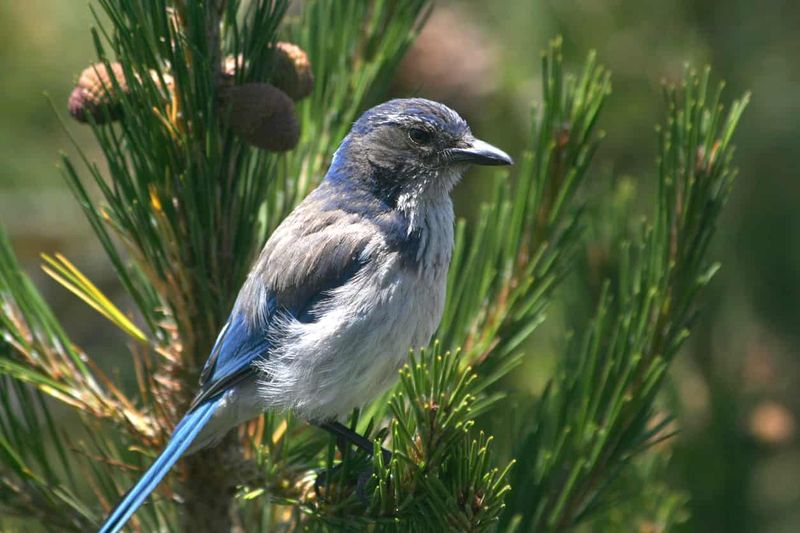
Suddenly missing from your yard? Old-timers recognized this absence as a warning.
Blue jays typically vanish just before severe storms or significant weather changes. Their temporary evacuation served as a reliable signal to secure loose items and prepare for incoming weather – nature’s evacuation order before meteorologists existed.
4. Mobbing Behavior Messages

Ever witnessed jays ganging up, screaming and diving at something hidden? This “mobbing” behavior signals predators nearby – often hawks, owls, or neighborhood cats.
Our ancestors used these natural alarm systems to protect chickens and small pets from lurking dangers.
5. Nesting Height Indicators
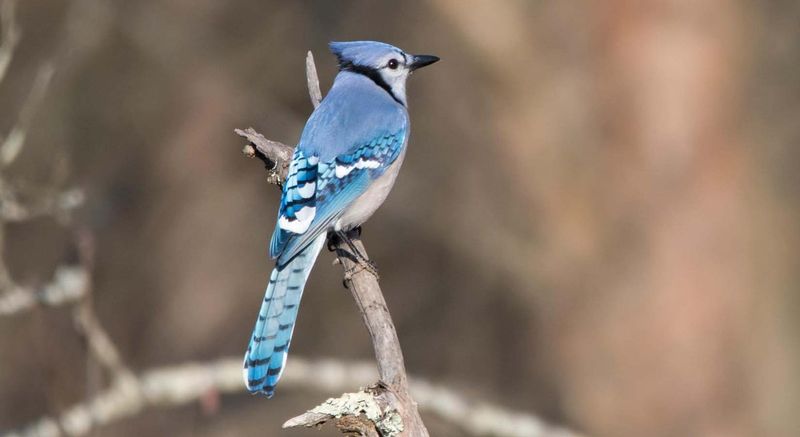
Sharp-eyed grandparents noted how high blue jays built their nests each spring. Higher nests meant wetter seasons ahead.
These birds instinctively avoid flood risks by adjusting nest elevation based on subtle environmental cues. Before modern flood predictions, this simple observation helped farmers plan planting schedules and prepare low-lying areas.
6. Feather Fluffing Thermometers

Unusually puffy-looking blue jays were walking weather reports. When these birds fluffed their feathers more than normal, bitter cold was imminent.
They create extra insulating air pockets between feathers in response to dropping temperatures. Older generations taught children to watch for this sign to bring in vulnerable plants and prepare warmer clothing.
7. Migration Timing Almanac
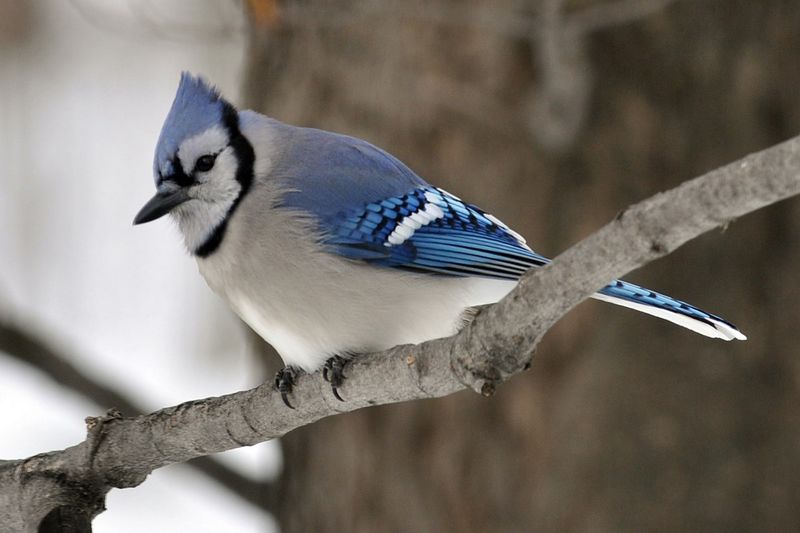
Unlike many birds, blue jays aren’t consistent migrators. Some stay put while others journey south.
Early departures of normally resident jays signal especially harsh winters ahead, while their return marks spring’s true arrival regardless of calendar dates.
This unpredictable travel pattern keeps backyard observers on their toes, reading each movement like a seasonal clue.
8. Territorial Shifts
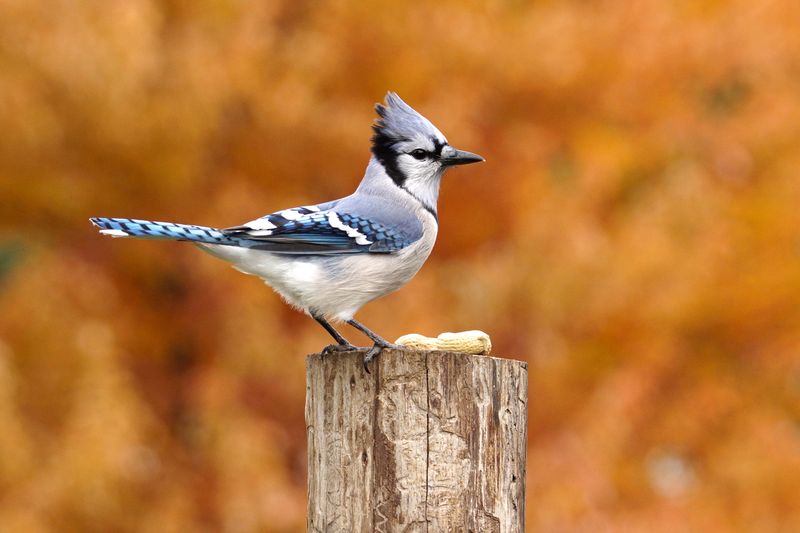
When jays suddenly abandoned established territories, wise elders paid attention. These unexpected moves often preceded natural disturbances like wildfires or floods.
Blue jays possess remarkable sensitivity to environmental changes humans can’t detect. Grandparents knew that unusual territorial behavior warranted investigation of potential threats to home and farm.
9. Feeding Pattern Changes

Frantic feeding frenzies at backyard stations aren’t just bird enthusiasm. This behavior often precedes major storms by 48–72 hours.
The birds’ instinctive stockpiling before weather events that might limit food access serves as nature’s grocery shopping reminder.
Many people still use this sudden surge in activity as an early warning sign, even before forecasts catch up.
10. Courtship Timing Indicators
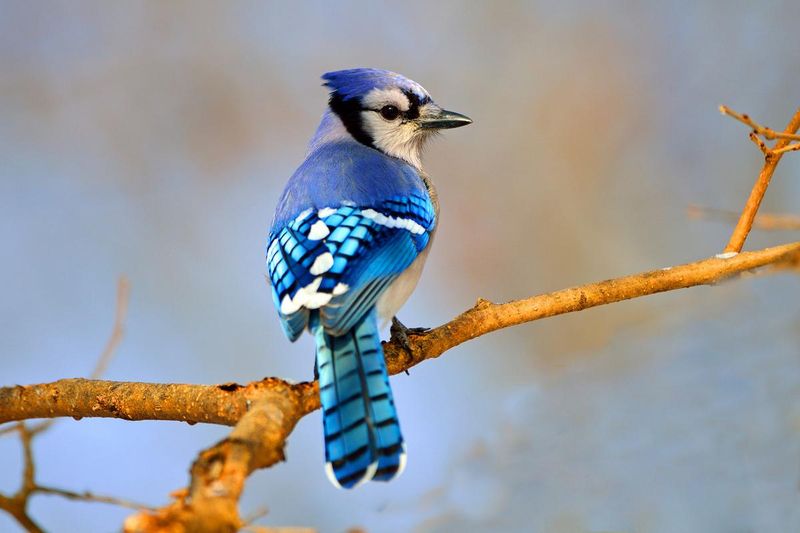
Early courtship displays weren’t just about bird romance. When blue jays started their distinctive bobbing and crest-raising rituals ahead of schedule, spring would arrive early.
Their mating behaviors closely follow biological responses to changing day length and temperature patterns. This natural calendar was used to time seed starting and frost-sensitive plantings.
11. Call Pattern Variations

Beyond their trademark screech, jays have over 25 distinct calls. Experienced listeners could interpret specific messages.
Rapid, repeated calls warned of approaching storms, while soft, musical notes indicated clear weather ahead. This nuanced communication system provided weather forecasts when barometers weren’t household items.
12. Group Size Fluctuations
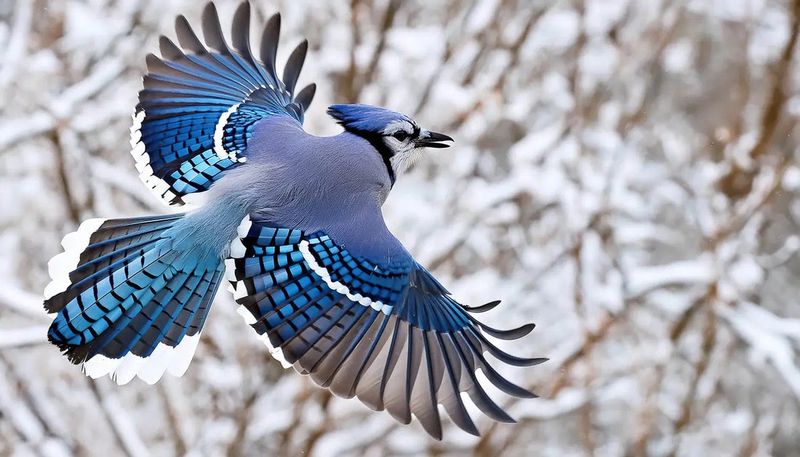
Unusual gatherings caught grandparents’ attention immediately. When normally territorial blue jays formed larger-than-usual flocks, environmental changes were imminent.
These temporary social shifts often preceded resource scarcity or habitat disruptions. Seeing abnormal groupings prompted our ancestors to check water sources and food stores for potential problems.
13. Plumage Brilliance Cycles

Fading feather brightness wasn’t just about beauty. Blue jay colors appeared more vibrant during certain periods.
Their plumage actually doesn’t contain blue pigment – it’s created through light refraction in feather structure. Changes in humidity and air quality affect this visual phenomenon, making jays natural air quality indicators.
14. Garden Planting Assistants
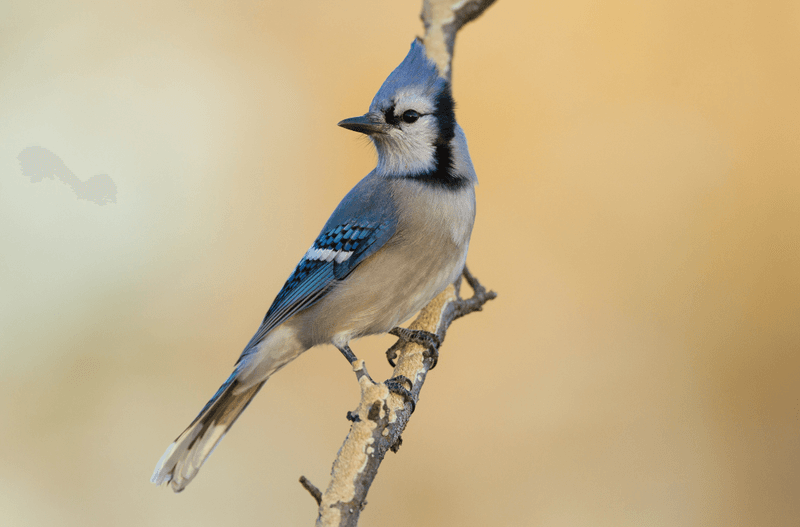
Watching where jays buried acorns provided valuable gardening intelligence. Blue jays instinctively choose well-drained, protected locations ideal for germination.
This bird-led guidance helped identify optimal garden spots and indicated soil quality changes that might affect crop planning.




